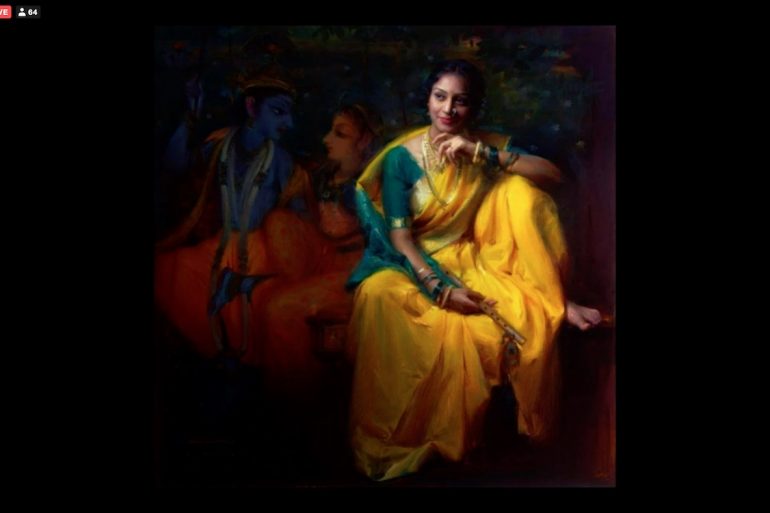
This post is also available in:


Third and final day of Fall Portrait Academy, the fall symposium organized by the Portrait Society of America.
Unlike the sessions of the previous days, which dealt mainly with the technical aspects of figurative art and portraiture, today’s session focused on the mental dimension of the artist, who must prepare himself to paint by overcoming his mental adversities.
The motivation that drives individuals to feel that nagging sense of oppression, dissatisfaction, even malaise, very common among artists in the making of work, was explained by Pramod Kurlekar live zooming in from India, assisted by the help of Sushita Bhosle.
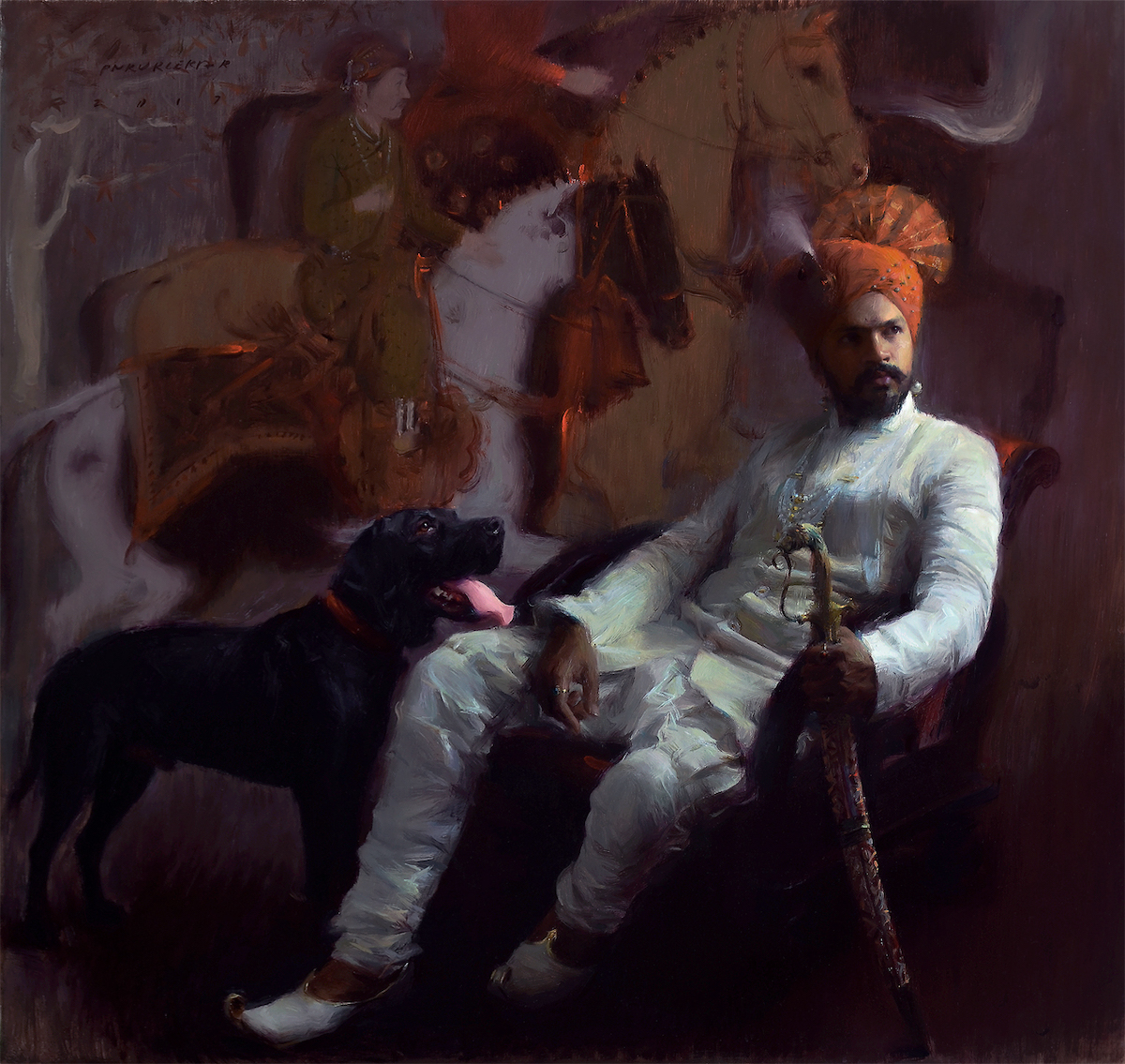
According to Pramod Kurlekar, who considers the act of painting a meditation in itself, it is fundamental for an artist to be able to work in serenity by breaking down the wall of mental barriers that the human individual creates when he becomes an adult and that, on the basis of social conventions and the functioning of the mind, tends to store fallacious or misleading information. “It is necessary to empty ourselves to be able to paint in presence because it is the ability to surrender that leads us to paint in presence,” argue Kurlekar and Bhosle, who have worked together on this concept before. The human mind, according to Kurlekar, is made up of the individual ego and the expectations that an individual creates for himself. When the artist fails to be in focus it means that his brain perceives this duality: the two components collide, literally “immobilizing” the artist who feels so frustrated and unsatisfied.
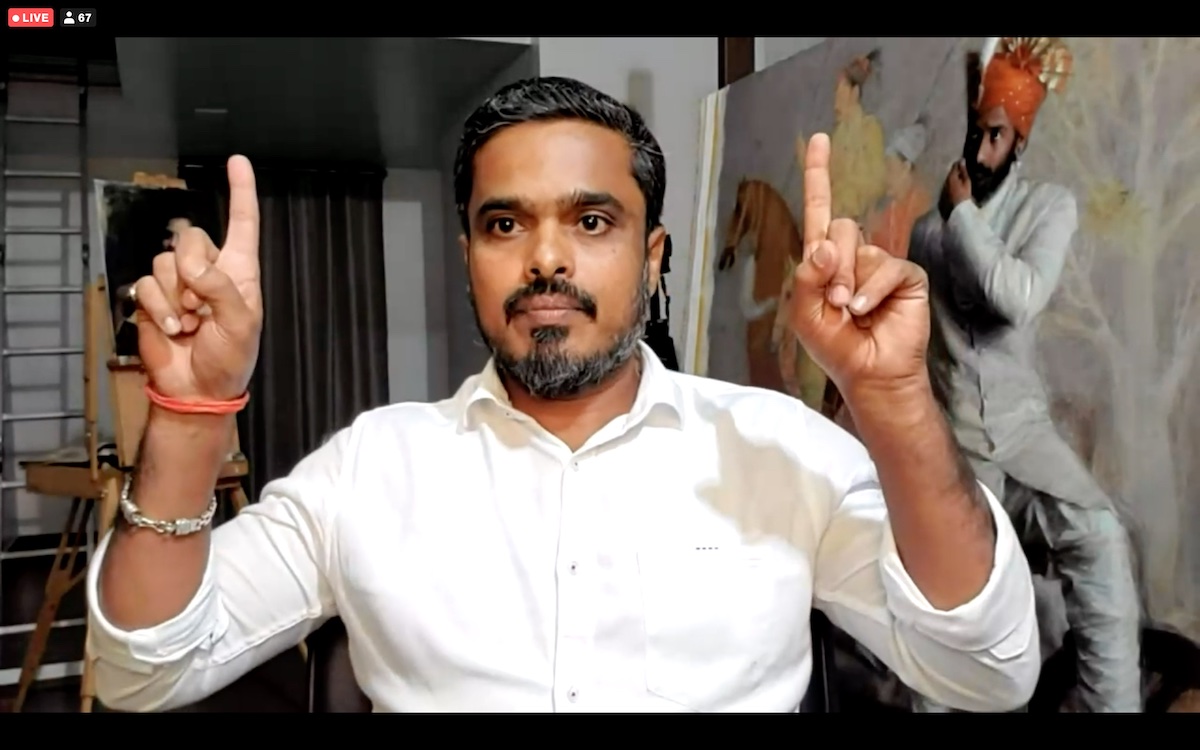
To bypass this impasse Kurlekar suggests an interesting mental pattern interruption exercise. A very simple exercise that is able to engage the mental eye while leaving the visual eye able to perceive objects for what they really are in nature, namely pure and simple shapes. Forms that disregard the conventional name given by society and the concept that our memory has packaged for them. The process is not immediate and takes practice but once the goals are met it is a great ally for the artist. It consists of raising the index fingers and holding them at 180 degrees with respect to the eyes: in this way our brain, busy visualizing the fingers, will leave room for the perception of shapes.
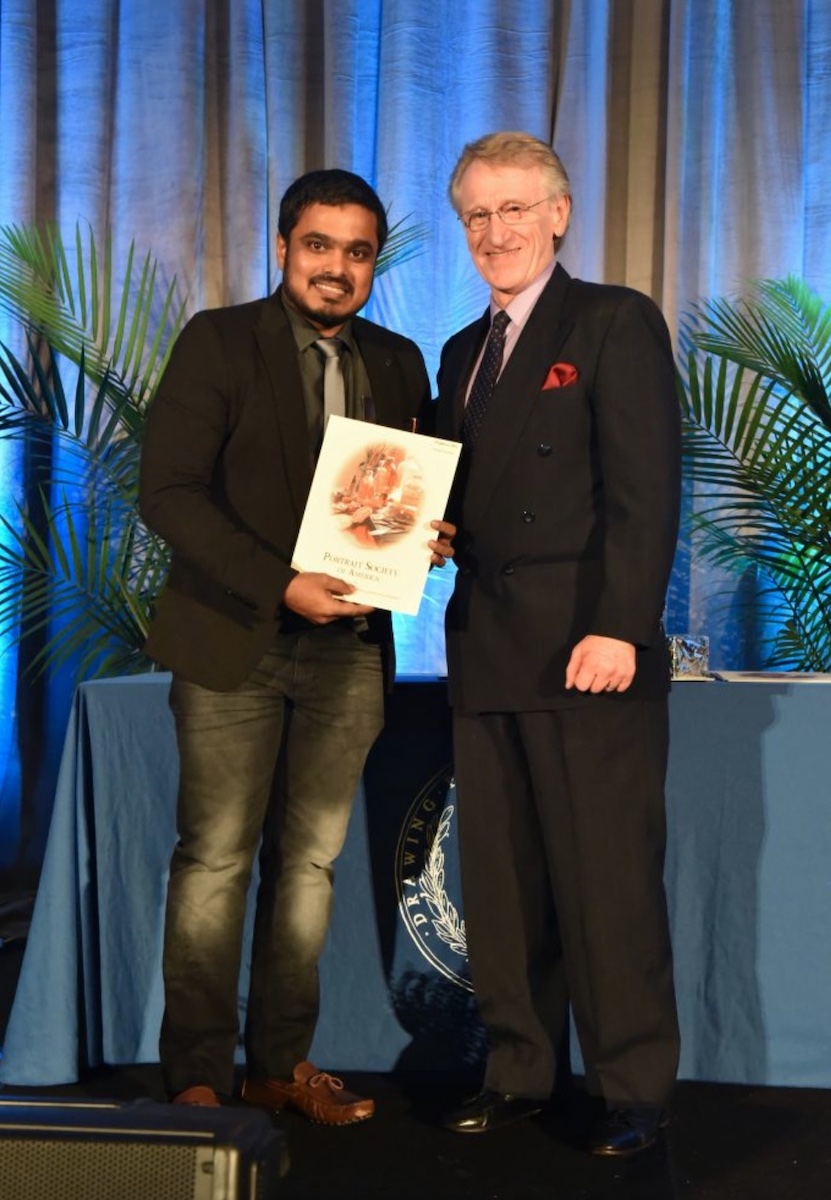
Born and raised in India, Pramod Kurlekar is an internationally acclaimed professional artist, and as of 2019 is a Signature Member of the Portrait Society of America. He approached art as a child, having to struggle in no small part with both the expectations created by his dad who had other plans for him, and the need at a young age to break the rules as a rebel.
It was only by becoming aware of “being in the presence,” that is, being 100% involved in what you do, that the artist was able to focus exclusively on art and be the better person he has managed to become today.
“You have to be able to align the ego, which is a “bad politician”, with expectations because it is a responsibility to others,” says the artist, who at the same time affirms the importance of being focused on one’s present since the past and future are dimensions belonging exclusively to the mental sphere, and are therefore non-existent in the hic et nunc.
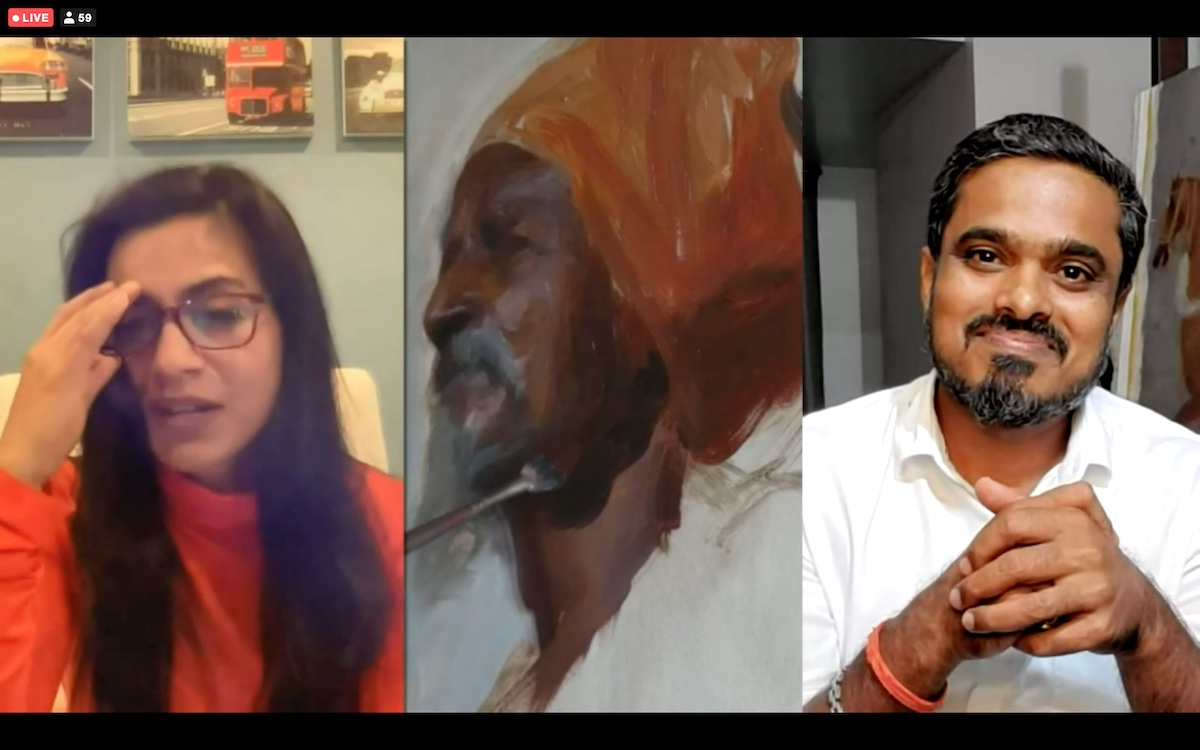
“The energy is within us and you have to let it out because it’s important to ’empty’ ourselves in order to paint in presence,” says Kurlekar, who claims to be an advocate of finger exercise. The power of “perception in presence” is also, according to the artist, an inexhaustible source of energy that makes it possible not to feel the fatigue of work because, as it is cyclical, the energy spent is compensated by the energy that continually enters into circulation.In addition to the psycho-philosophical-meditative session, Kurlekar emphasized, in the execution of the demo, what he believes are the three fundamental components to keep in mind in the painting process: the drawing, based on the forms, the chromatic values, that is, the scale of grays that allows to give three-dimensionality to the work and a correct combination of colors.
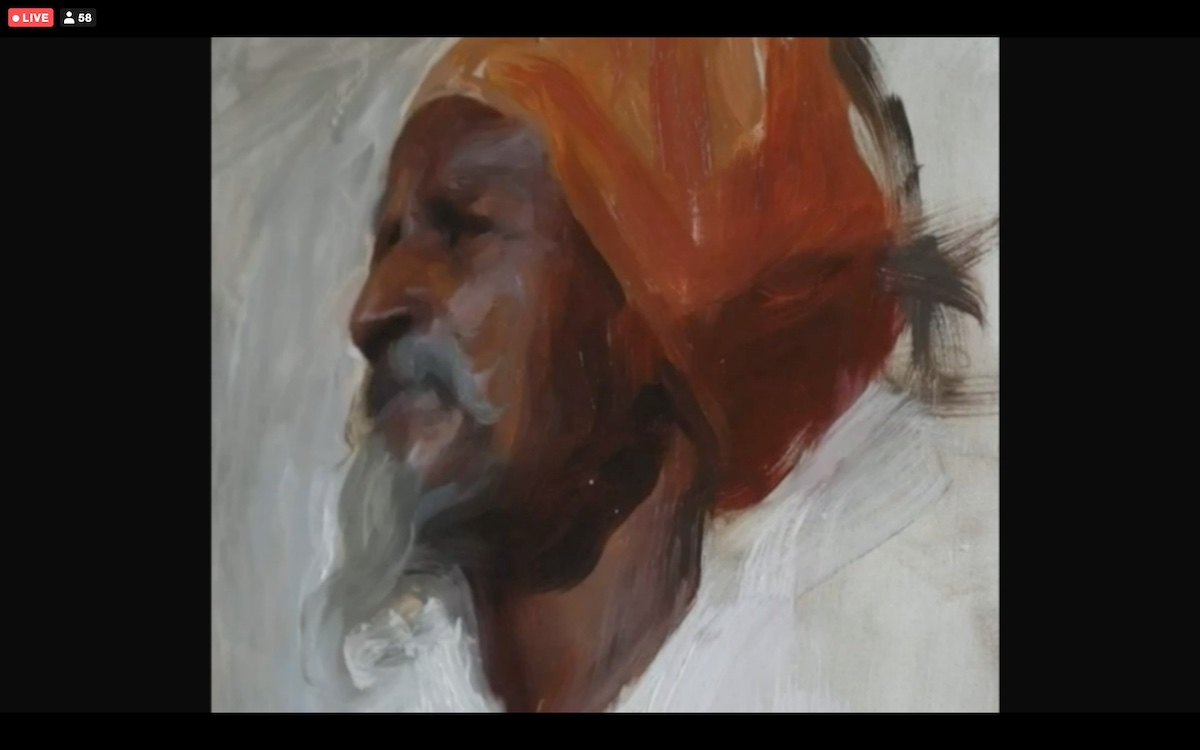
“An enlightening and liberating discussion,” one participant called it, channeling the opinions of the audience, which showed great enthusiasm for addressing topics unfortunately overlooked during an arts symposium. To those who ask him if he sets himself goals when he paints, he replies: “it’s important to have an elementary strategy but not to have expectations. We have to succeed in eradicating the ego that drains our energies, creating internal battles that completely absorb our lives”.
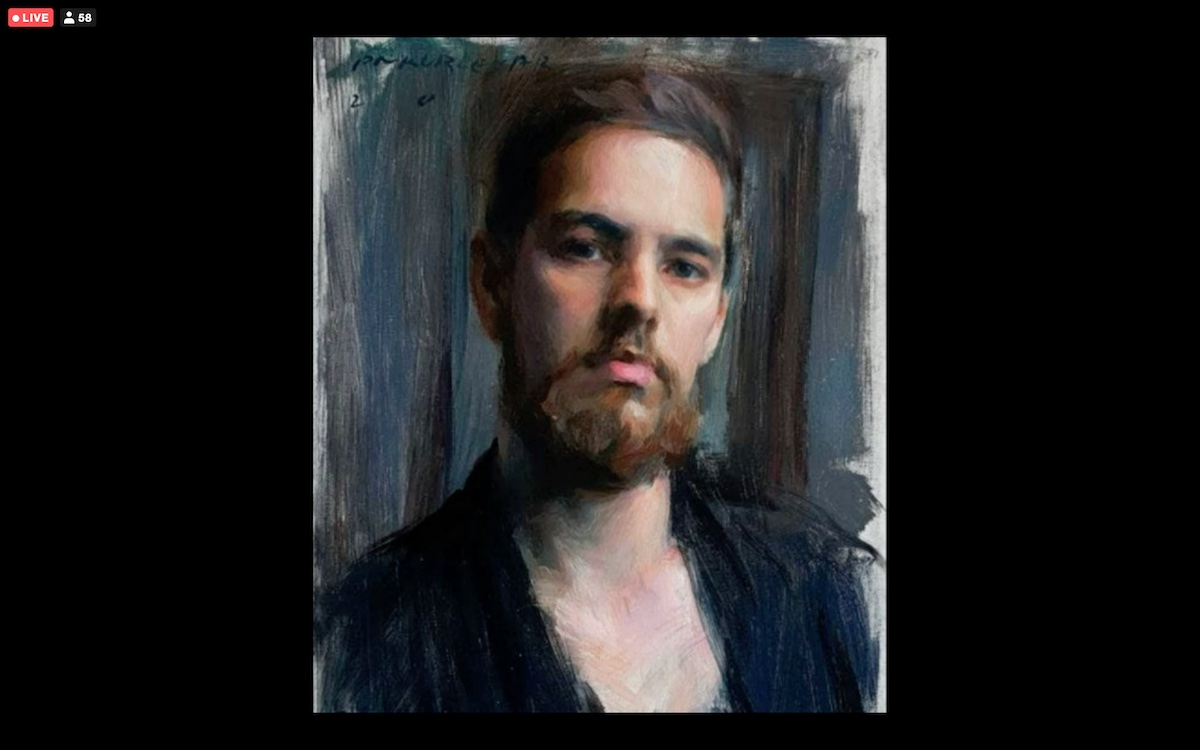
The symposium has come to a close, and thanking all the staff who participated in the symposium: the faculty members, the technical staff who made the event possible, and Christine Egnoski, Kim Azzarito, Down E. Whitelow, and Suscita Suchitra Bhosle, who presented and moderated the scheduled events, please stay tuned: Miami Niche has important news coming soon.
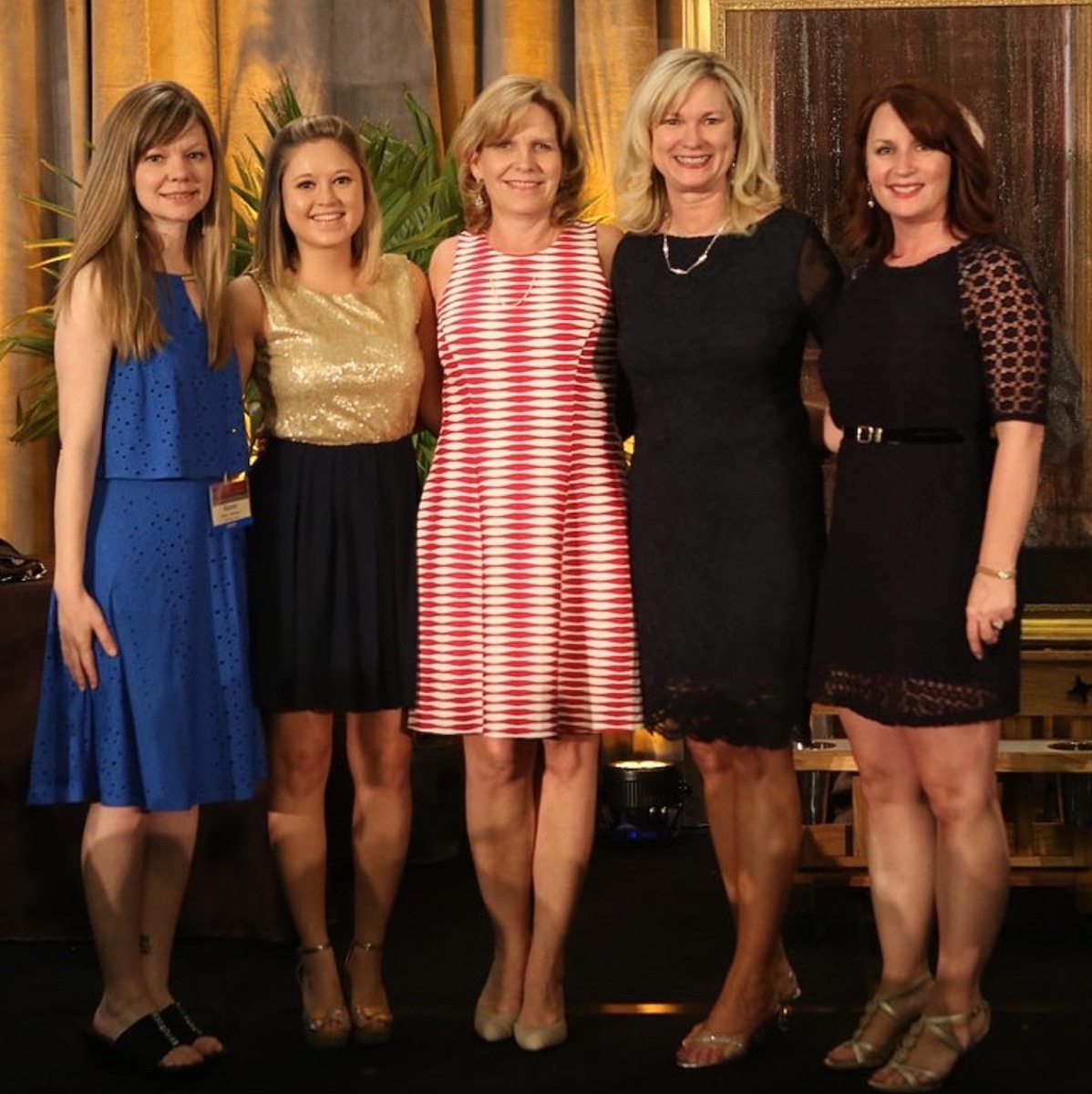
In addition to reminding attendees that session recordings will be available for 60 days beginning October 25, we also remind attendees that the Portarit Society of America’s next artistic event, after two virtual years returns in person April 21-24, 2022 in Atlanta, GA.
(On the title: Radha by Pramod Kurlekar)
